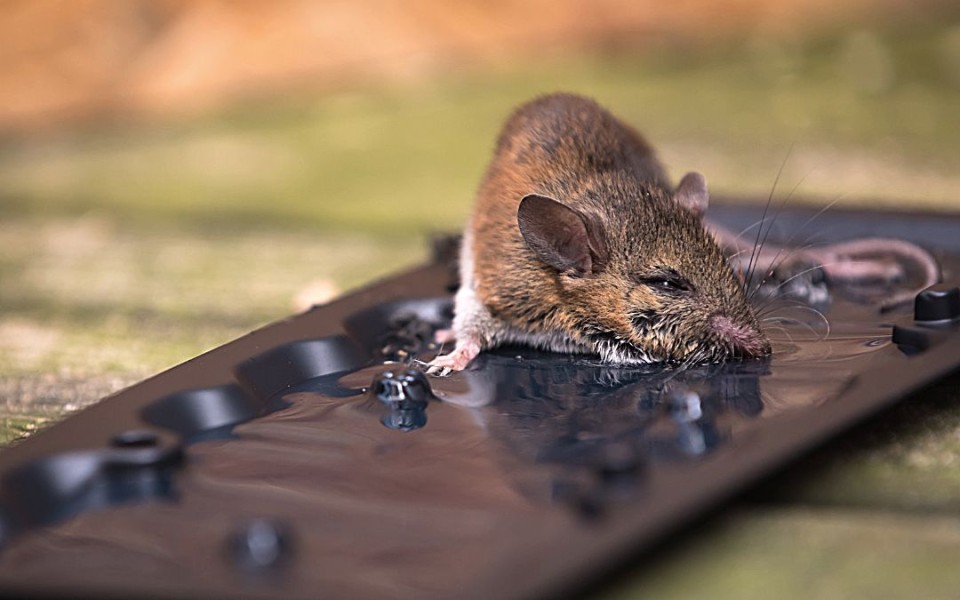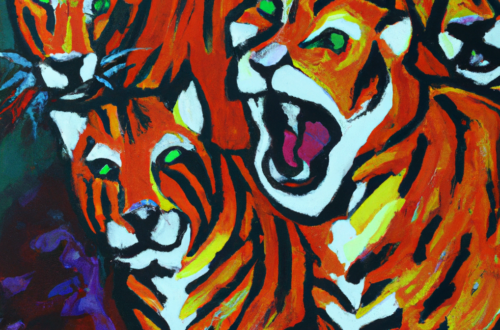
Glue Traps: A Sticky Situation of Suffering and Ecological Wreckage
The decision by the Delhi government and several other Indian states and regions to ban the manufacturing, sale, and use of glue traps is a pivotal step towards a more humane and compassionate society. This action, grounded in the provisions of the Prevention of Cruelty to Animals Act, 1960, underscores the need to protect all animals from unnecessary pain and suffering. It acknowledges a fundamental truth that often goes unnoticed or dismissed – suffering is suffering, regardless of the being experiencing it.
Glue traps, commonly made of plastic trays or cardboard sheets covered with a strong adhesive, are frequently used to control rodents like rats and mice, as well as some insects. However, their indiscriminate use leads to the capture and subsequent death of non-target animals, causing ecological disruption and immense suffering for the trapped creatures. Once ensnared, animals struggle frantically to escape, often resulting in torn skin, broken limbs, and, in extreme cases, self-amputation. Dehydration, starvation, and exhaustion follow, culminating in a prolonged and agonizing death.
The suffering experienced by these creatures is not diminished by their size or species. Pain is a universal experience, and it is our moral duty to minimize it whenever possible. The move to ban glue traps is a recognition of this duty and sets a precedent for other regions to follow.
Yet, while the ban is a step in the right direction, it is not enough. A nationwide ban is necessary to ensure uniformity in the protection of animals across the country. It is a moral imperative that we, as a society, move away from cruel and inhumane methods of pest control and adopt more humane alternatives. The glue trap ban should not be confined to a few progressive states but should be implemented across the entire nation.
Moreover, it is essential to understand that glue traps are not only inhumane but also ineffective in the long run. They do not address the root cause of a rodent or insect infestation and, therefore, do not provide a lasting solution. Integrated Pest Management (IPM) methods, which include a combination of preventative measures, sanitation, and the use of less harmful traps and repellents, offer a more effective and compassionate approach to dealing with pest problems.
Glue traps also pose significant public health concerns that are often overlooked. Trapped rodents may attract other pests such as fleas and ticks, which can transmit diseases to humans and pets. Moreover, stressed and dying animals in glue traps are more likely to shed pathogens, increasing the risk of disease transmission. These traps, rather than solving a pest problem, can inadvertently exacerbate public health issues by creating a breeding ground for disease vectors.
The environmental impact of glue traps is another critical consideration. The adhesive used in these traps is often made from non-biodegradable materials, contributing to environmental pollution. Discarded glue traps can persist in the environment for years, adding to the growing problem of plastic pollution. Additionally, the indiscriminate capture of non-target species can disrupt local ecosystems and lead to unintended consequences for native flora and fauna.
The economic costs associated with using glue traps are also significant. Due to their inefficacy in addressing the root cause of infestations, repeated purchases and applications are often necessary, leading to increased costs for consumers and businesses. Moreover, the cost of dealing with secondary infestations, disease transmission, and environmental cleanup associated with glue traps can be substantial. Ultimately, the use of glue traps can result in a financial burden that far outweighs any perceived benefits.
Non-lethal alternatives to glue traps include live traps, which capture rodents without causing harm, allowing them to be released at a safe distance from human habitation. Another option is ultrasonic repellents, devices that emit high-frequency sound waves that are intolerable to rodents but inaudible to humans and pets. Additionally, natural repellents such as peppermint oil or a mixture of cayenne pepper and water can be used to deter rodents without causing harm. Preventative measures such as sealing entry points, maintaining cleanliness, and removing food sources are also crucial in keeping rodents and insects at bay.
There is growing public support for humane methods. As awareness of the cruelty and inefficacy of glue traps spreads, more and more people are calling for their ban and the promotion of more humane alternatives. It is crucial that public policies align with the values of the society they serve. A nationwide ban on glue traps would not only reflect the growing public sentiment against these cruel devices but also demonstrate a commitment to a more compassionate and responsible approach to pest control.
In conclusion, the decision to ban glue traps by several states is a significant step towards a more compassionate society. However, it must not stop there. A nationwide ban on glue traps is essential to ensure that no animal, regardless of its size or species, suffers needlessly. We must embrace a more compassionate and effective approach to pest control and advocate for the implementation of humane alternatives nationally. Only then can we truly claim to be a society that values the well-being of all its inhabitants.





